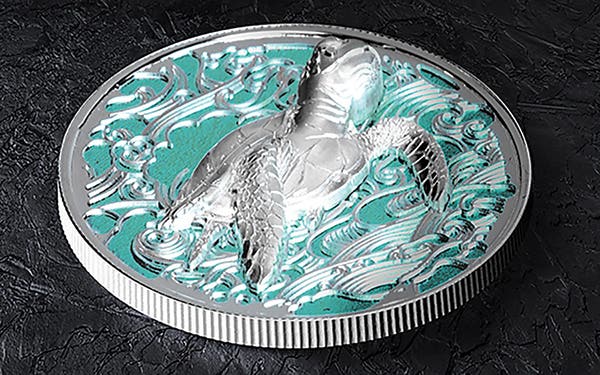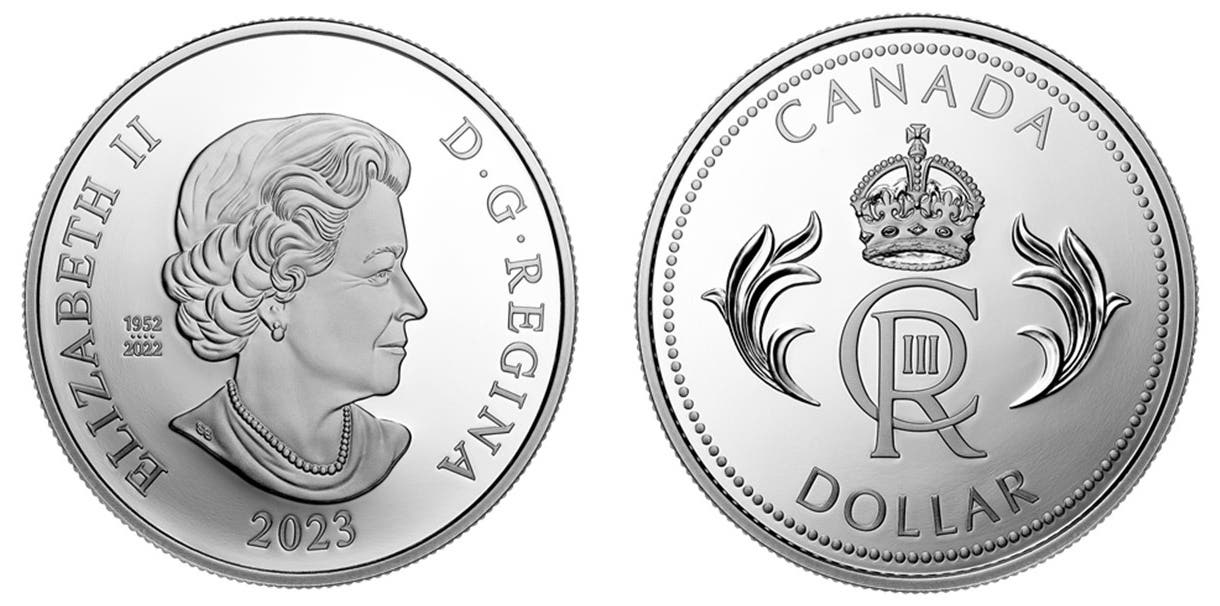British gold disguised as French
In 1815, the London Mint struck a gold coin that baffled historians for decades until the truth was finally uncovered by diligent researchers. Some of these early published accounts indicated…
In 1815, the London Mint struck a gold coin that baffled historians for decades until the truth was finally uncovered by diligent researchers. Some of these early published accounts indicated that the British had secretly struck French gold coins that were made so well and close to the French originals that no one could tell the difference. It all began in the early 19th century when the Emperor Napoleon Bonaparte stood astride Europe like a colossus and controlled nearly everything within view.
By 1810, however, Napoleon was facing increasing opposition and was forced to strike hard at restive states such as Prussia and Austria. In 1811, however, Czar Alexander I of Russia also began to chafe under the increasingly stringent restrictions imposed on trade within Europe and overseas. To put an end to Russian meddling that undermined his authority, the French emperor invaded Russia in June 1812 with 600,000 troops. The Russians had far less men at their disposal and many predicted that Russia would soon become part of the French Empire.
The grand scheme of the Russian invasion, despite the conquest of huge areas of the country, even including the old capital of Moscow, began to unravel by the late fall of 1812 and the Grand Armée of Napoleon began to disintegrate under an early Russian winter and the unceasing attacks of the Cossack cavalries. Napoleon himself left hurriedly for the West and the urgent need to raise fresh armies against the expected Russian onslaught.
In the meantime, Prussia and Austria saw their chance and joined with the Russians in a grand Coalition against the French. At the same time the British general Wellington was attacking the French soldiers in Spain in an effort to drive them from that country. It all boded ill for Napoleon.
The Coalition struck first at Dresden in Germany but Napoleon’s luck held and the allies suffered a devastating defeat. Undeterred, the Coalition raised fresh troops and aimed their armies at the French homeland. The next clash of arms came at Leipzig and this time Napoleon’s luck ran out, with the Coalition obtaining a major victory.
Napoleon now raced for France in yet another bid to raise enough troops to defeat the oncoming Coalition. He also faced as well the British now advancing into France after having defeated the remnants of the French armed forces in Spain.
This time, however, Napoleon’s luck ran out completely, with the Coalition seizing large areas of northern France, including Paris itself, by March 1814. The British forces under Wellington were also only a matter of days away from the capital and the French Senate saw the handwriting on the wall. Napoleon was deposed by the latter body and negotiations opened with the British and the Coalition.
Peace was soon achieved, with the French being forced to pay reparations and the former emperor, Napoleon, exiled in May 1814 to the island of Elba, situated in the Mediterranean south of France. All breathed a sigh of relief and the Allied armies began to return home. France then named Louis XVIII as the new king; he was the brother of the unfortunate Louis XVI who had been guillotined during the French Revolution, along with his queen, Marie Antoinette. (Louis XVII was the young son of Louis XVI but did not rule, also having been killed during the Revolution.)
Under Louis XVIII France began a slow return to normalcy and the realization that large numbers of her young men had been killed in the various military adventures of Napoleon. The British and their Coalition allies did continue to occupy parts of France but their troops slowly began to return home after a job well done.
At Elba, on the other hand, Napoleon was increasingly restive and the recipient of numerous clandestine pleas to return to France and overthrow the hated foreign troops as well as Louis XVIII. In March 1815 he left Elba in a small ship and landed on the southern shore of France. To the surprise of nearly everyone outside France, and even the foreign soldiers still in the country, Napoleon had little trouble in raising large numbers of fresh troops in an effort to make France once more the master of Europe.
Louis XVIII fled the country in late March 1815 for Ghent (across the Channel from England) and made arrangements with British authorities for protection and financial assistance. One important aspect of the arrangement was that the London Mint was authorized by the King to strike French 20 franc pieces of the same weight and fineness as those made in Paris and other French mints. This coin is called a Louis d’Or by modern collectors.
Although some historians think that the British coinage of 20 franc pieces was mainly for the benefit of Louis this was not the case although he no doubt received a fair number of coins for his living expenses as well as those of his retinue. The bulk of the coins were clearly meant for Wellington’s army, then assembling in France for a blow against Napoleon. At the same time the Coalition forces – of Russia, Austria, and Prussia – also formed their armies as quickly as possible.
The London coinage of the French gold began in late May 1815 and was instrumental in providing the necessary funds for Wellington. The first deliveries of coin were made by the moneyers at the beginning of June. The coins were quickly sent to Wellington who put them to good use.
The Prussians on their own moved first and attacked Napoleon but were decisively defeated on June 16, 1815. Two days later, however, Wellington moved his army into position at the Belgian town of Waterloo and inflicted a catastrophic defeat on Napoleon. The war was now over and the Allies had carried the day.
This time Napoleon was exiled to the Island of St. Helena in the south Atlantic; he died there in 1821 from stomach cancer, though some claimed – without a shred of proof – that he had been poisoned by the British.
The London Mint continued to strike the Louis d’Or well after Waterloo as the coins were being used to support Wellington’s troops then occupying considerable parts of French territory. In all, through late October 1815, about 872,000 pieces had been struck and sent to France.
The London coins are easily distinguished from those struck at Paris in that the reverse date was flanked by a fleur de lys and the letter R, which was not used at any of the French mints. The Paris coins of 1815, on the other hand, carried a rooster and the letter A at the sides of the reverse date. All bore the obverse portrait of Louis XVIII.
One other difference is found on the obverses of the two coinages. The London Mint did not copy the name of the French artist, Tiolier, which is found beneath the truncation on the obverse of the coins struck in the French mints.
Problems arose when the French Treasury found out about the coins. It seems Louis XVIII had neglected to mention the London coins to his government. The Treasury promptly declared the coins to be counterfeits and ordered that no government agency would be allowed to accept them for any reason.
There was a stand-off for some weeks but in due course the French government decided to accept the coins after all but not to release them into circulation after arriving at the Treasury. They were used in part to pay off the indemnity imposed on France after the final European peace treaty signed at Vienna in 1815.
There was one final French effort in late 1815 to discredit the London coins; a Treasury official in Paris claimed that the London coins were of a lesser fineness than the French issues and therefore worth less. To counter this complaint, in January 1816 the annual Trial of the Pyx in London was held in the presence of the French ambassador and all parties agreed that the British pieces were the exact equivalent in value to the Paris coins.
The London coins are not overly rare and can be obtained with a little patience and not a great deal of money. Those collectors interested in a nice display should obtain both the London and Paris gold coins of 1815.
The latest edition of the Krause Standard Catalog of World Coins 1801–1900 gives a value for the London coin at $325 in Very Fine while $700 is the estimated worth in Extremely Fine. The Paris 1815 coins are valued at $224 and $300, respectively. The 1815 20 francs was also struck at other French mints that year, including Rouen, Bordeaux, Bayonne, Perpignan, and Lille; values vary considerably for the other mints, those of Rouen being the scarcest and worth considerably more than the London pieces. Proofs exist for the London coinage and bring strong prices.
Some of the information in this article was taken from the detailed research by Graham Dyer in the records of the British Royal Mint, published in the December 1977 issue of Seaby’s Coin & Medal Bulletin.
This article was originally printed in World Coin News. >> Subscribe today.
More Collecting Resources
• The 1800s were a time of change for many, including in coin production. See how coin designs grew during the time period in the Standard Catalog of World Coins, 1801-1900 .
• Purchase your copy of The Essential Guide to Investing in Precious Metals today to get started on making all the right investing decisions.








